The “Wieliczka” Salt Mine
Chambers – spaces hollowed out in salt rock.
What is left of the places where salt was extracted? Chambers that inspire with their vastness, shape and character. Each one is beautiful and extraordinary. Each one has a unique story. You won't find two identical excavations, although there are nearly 2,500 of them in the Mine.
Pieskowa Skała Chamber
Some researchers say that if the mine were to be left without any safeguards, it could cease to exist after 160 years because the excavations are constantly contracting! When you visit this chamber, you will learn about the latest ways of protecting the underground world.
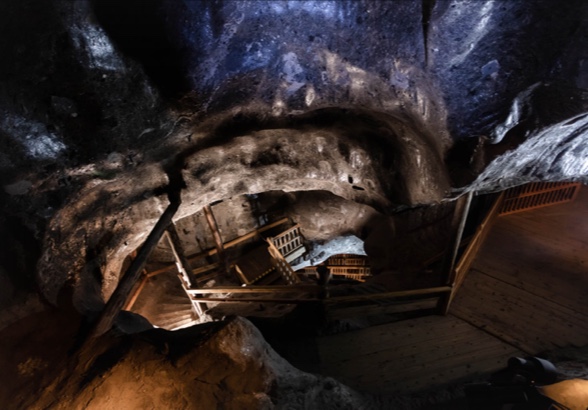
Weimar Chamber
The Weimar Chamber is especially popular with lovers... Many men ask their beloveds to marry them right here. Is it because of the romantic atmosphere in the chamber? The view of the brine lake? Or is there another reason? See for yourself when visiting the Tourist Route or contact us to organise an extraordinary event.
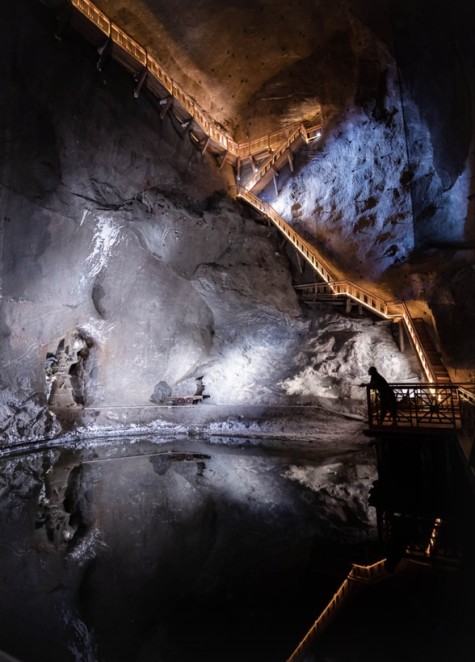
Janowice Chamber
Underground, you will hear many legends and wonderful stories, but one of them is especially important for the mine in Wieliczka. Do you know who St Kinga was, how was salt discovered in Poland, and what an engagement ring had to do with it all? Set out on the Tourist Route to find out!

Stanisław Staszic Chamber
How about an underground bungee jump? Or maybe a hot-air balloon flight deep beneath the surface of the earth? The 36-metre high chamber seems to have been designed for this kind of unusual event. Thanks to them, it has even made it into the Guinness Book of Records.
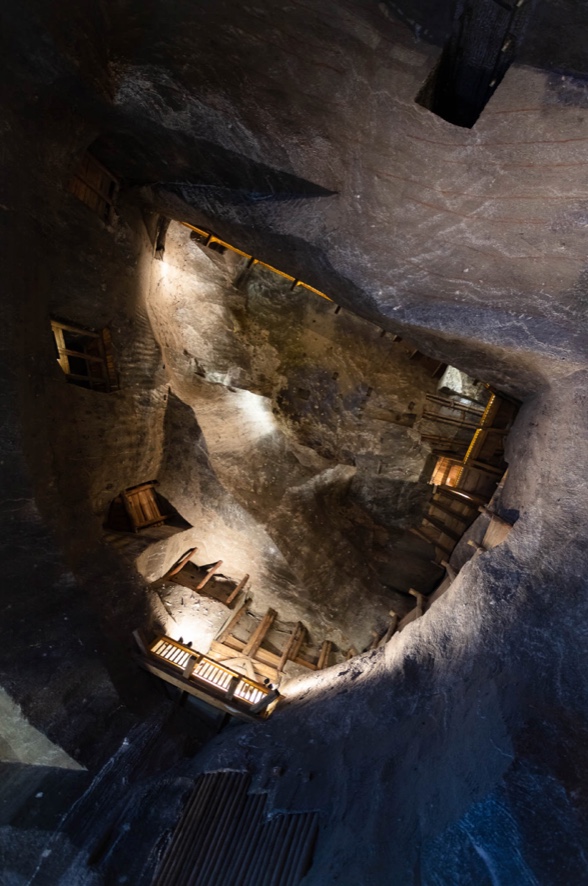
Gospoda Chamber
What do barrels remind you of? With beer or wine, of course! Alcohol, on the other hand, brings to mind the time spent in a tavern, where the miners of old used to stop by to rest after their daily work. The view of the salt barrels, which were stored in this very chamber, could become a subject of jokes and loose associations for the miners. Perhaps this is how the name used to this day came into existence: Gospoda Chamber (gospoda is Polish for “tavern”)
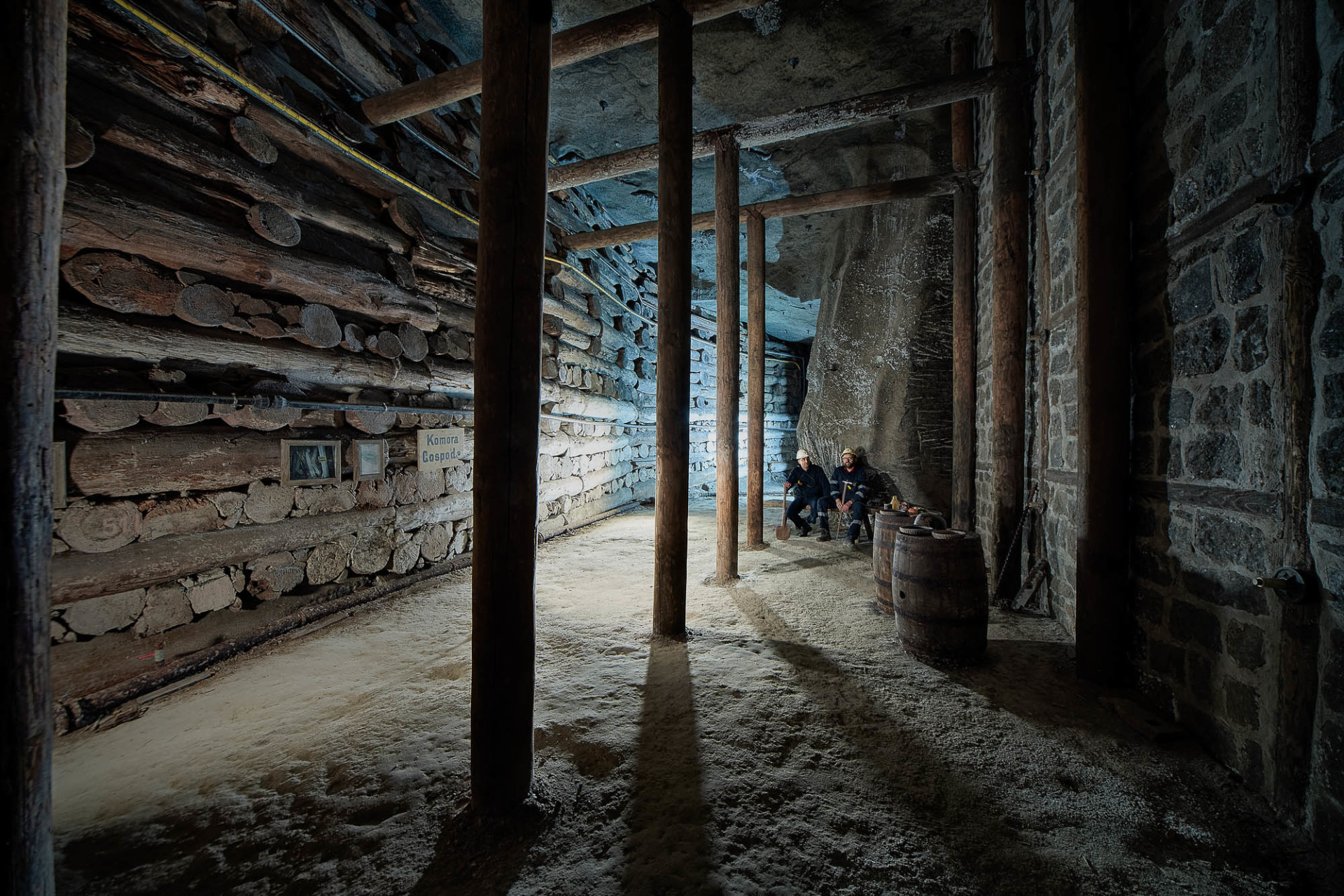
Gołuchowski Chamber
Did you know that starting in the 19th century, Wieliczka had an underground railway? It differed from the one on the surface by the fact that at first its tracks were made of wood – it was feared that salt would destroy the iron rails. The railway transported salt ore, but also tourists. The station was located in the Gołuchowski Chamber.
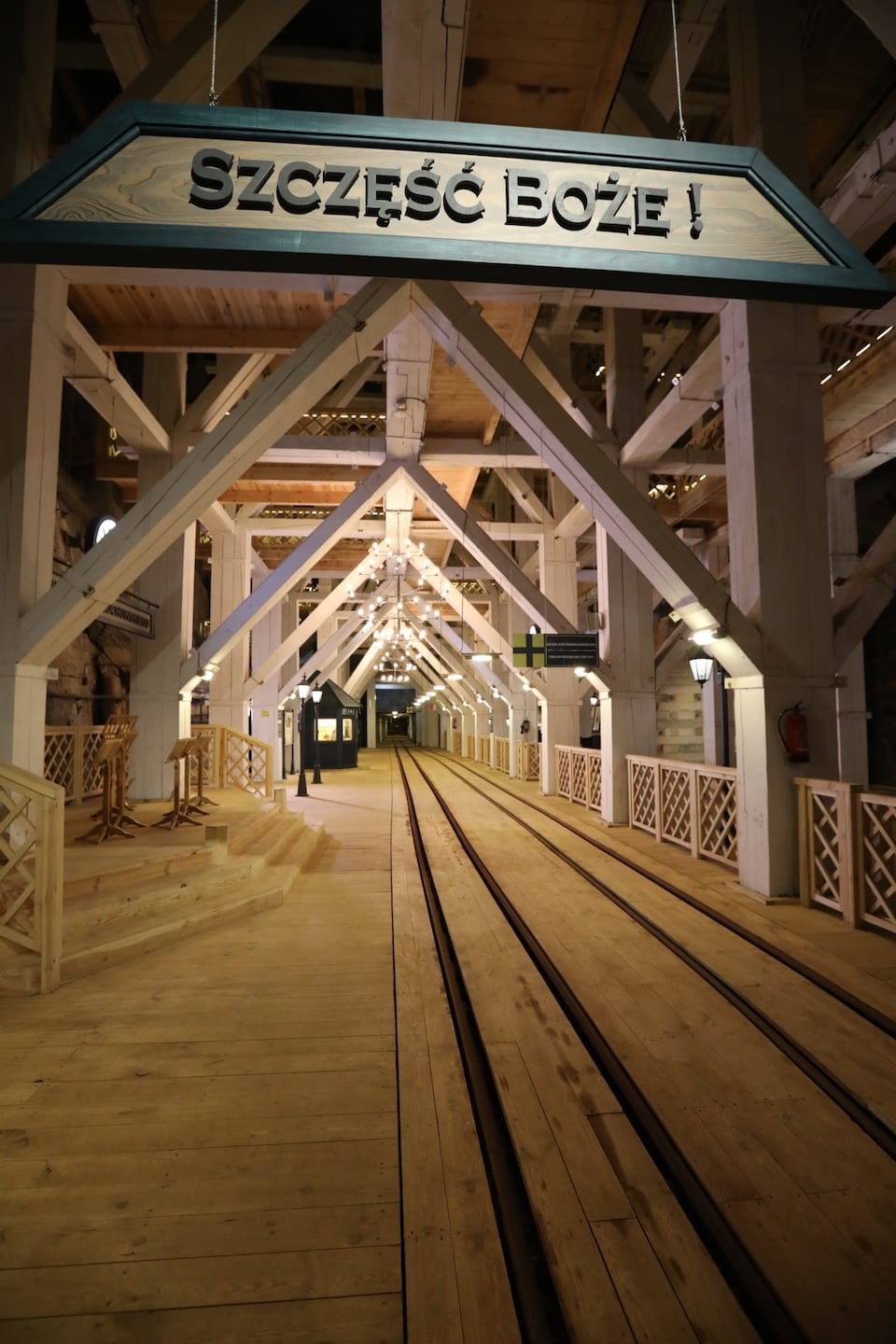
Nicolaus Copernicus Chamber
Nicolaus Copernicus was an astronomer, doctor, translator, economist, military commander, but also a tourist! He was one of the first guestsknown by name who visited the Wieliczka Mine. The salt sculpture depicting Nicolaus Copernicus was unveiled on the 500th anniversary of the birth of the brilliant scientist.
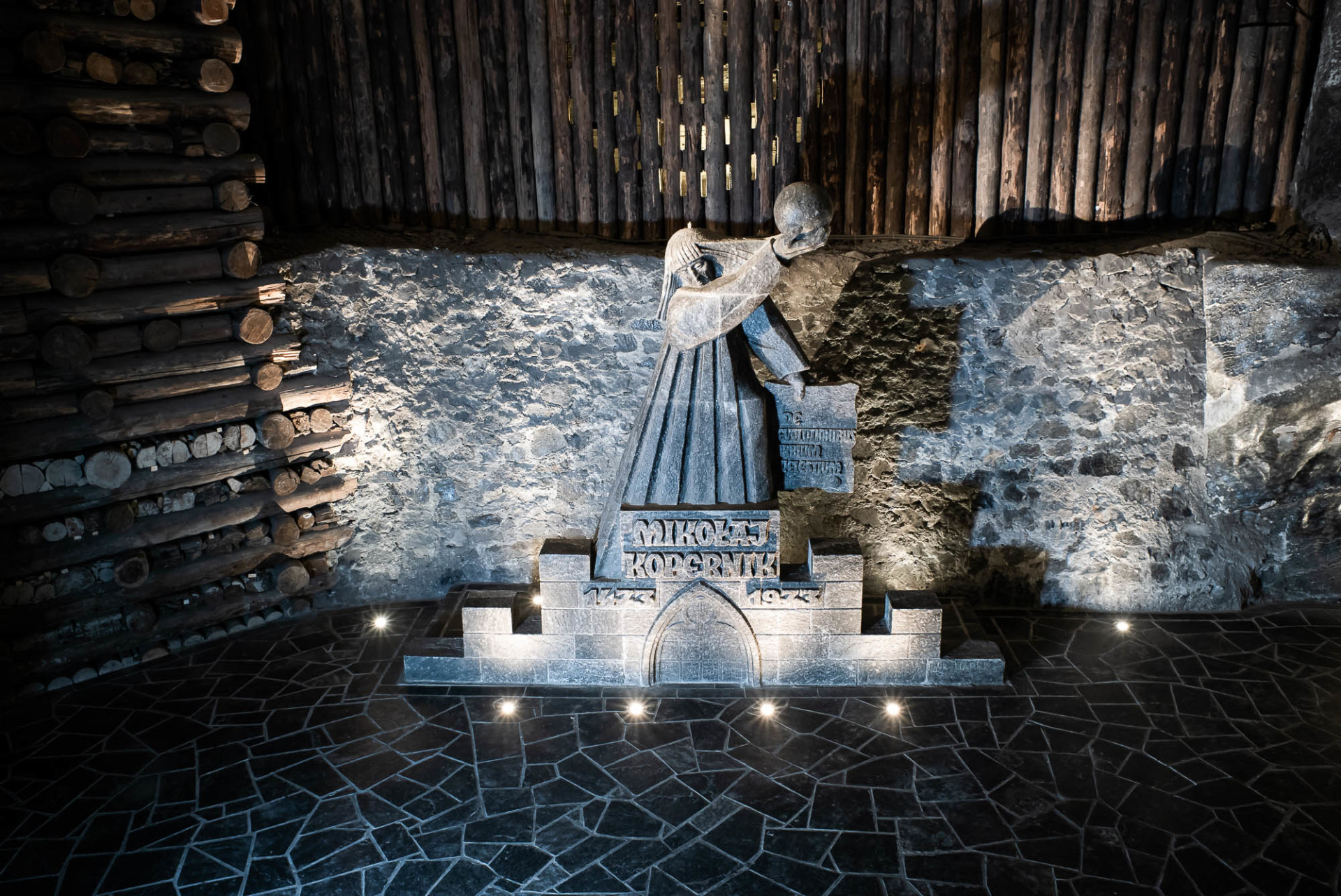
Spalone Chamber
Bent low, wearing damp clothing to protect them – the so-called Penitents wandered through the underground excavations. Their task was to burn the methane before its concentration led to an explosion. But if there was too much methane, just one spark was enough to cause an explosion. Today, when the danger is no longer there, you can still feel the danger of the miner’s trade in the Spalone Chamber.

Michałowice Chamber
Exploited for over 100 years, the Michałowice Chamber is one of the largest in the Wieliczka Mine. The first Tourist Route ran through it, marked out at the beginning of the 19th century. The first guests descended the majestic stairs by candlelight and accompanied by a miners’ orchestra.

St Anthony’s Chapel
Why have miners been creating extraordinary chapels and other places of religious worship deep underground for hundreds of years? Is their deep religiousness connected with the dangers of underground work? Or perhaps it came from the extraordinary willpower of the miners of old? If it had been lacking, there would certainly not have been so many kilometres of underground corridors!

St Kinga’s Chapel
It is said that the temple was created by three sculptor miners: Józef Markowski, Tomasz Markowski and Antoni Wyrodek, but in reality, there were more artists, because the new generations of miners are constantly adding something to each other. Visiting the Tourist Route, you will learn about the history of the chapel and the unusual works of art made of rock salt.
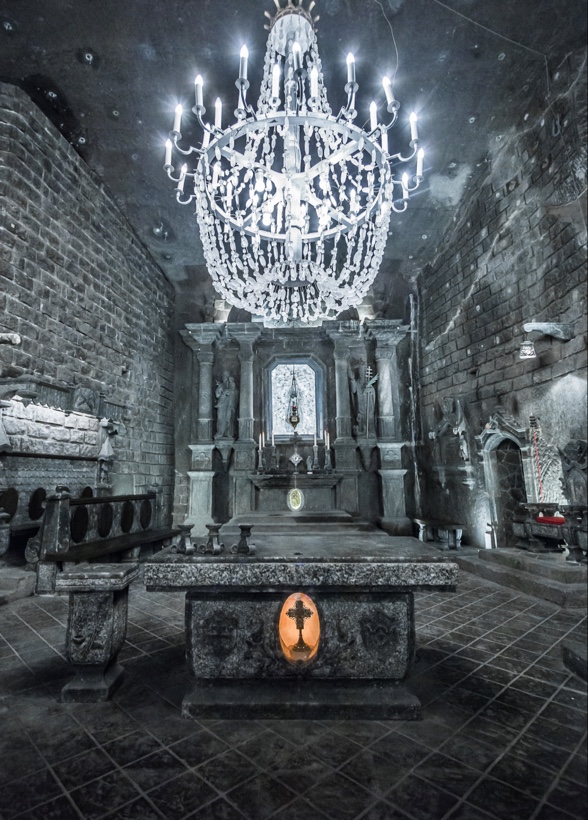
Boczaniec Chamber
Did you know that a huge fire broke out in the underground over 300 years ago? When you follow the Miners’ Route, you will reach the Boczaniec Chamber and see the traces of the old fire on the box cribs, the enormous wooden protective structures. The charred beams still remember the fire of centuries ago.
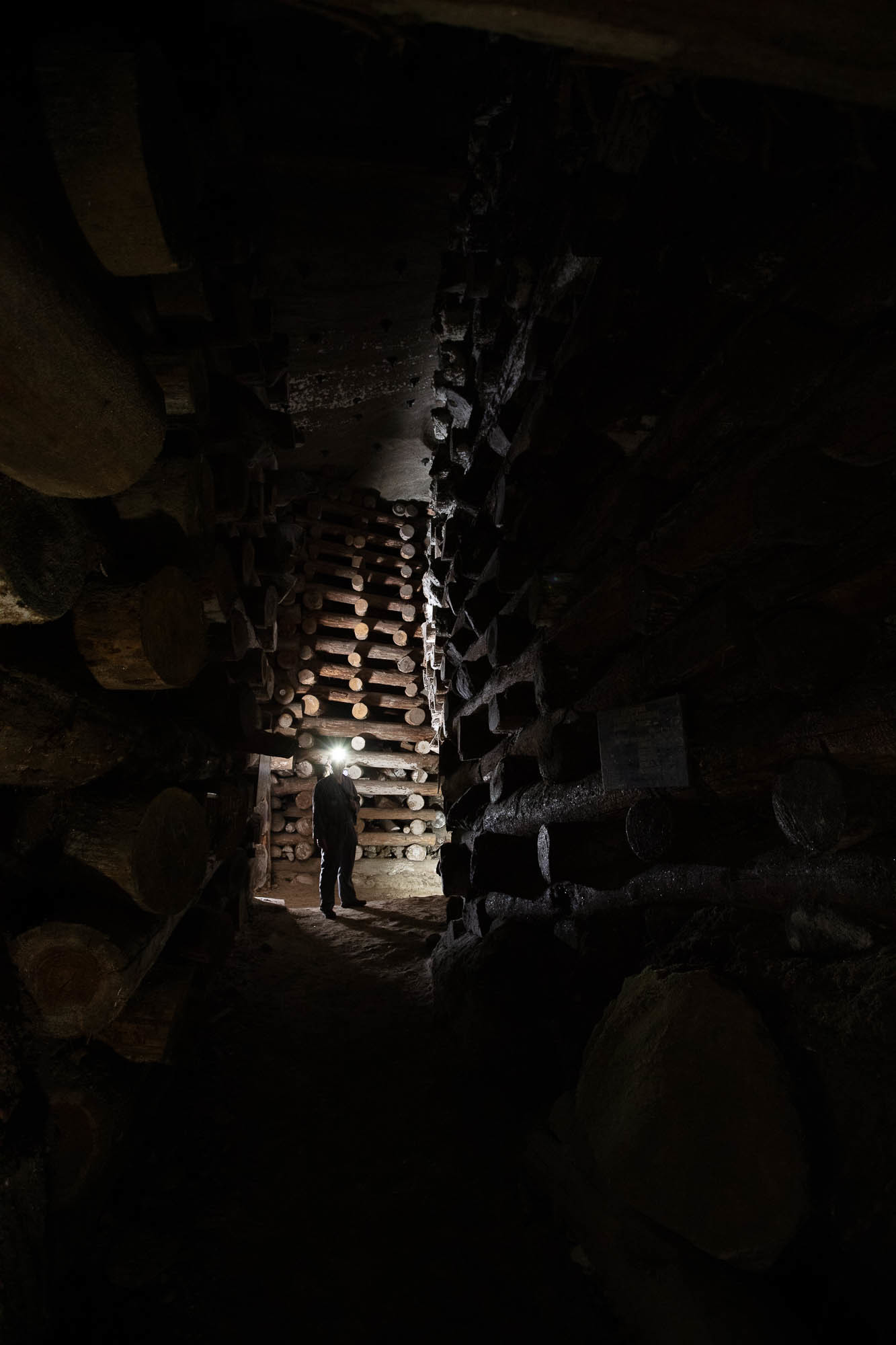
Franciszek Karol Chamber
Franciszek Karol had quite the fancy! In total secrecy, dressed as a simple miner, he worked for several hours in the underground. The chamber, named after the Archduke, housed a barrel of his daily output for many years. You, too, can test yourself in practical tasks on the Miners’ Route!
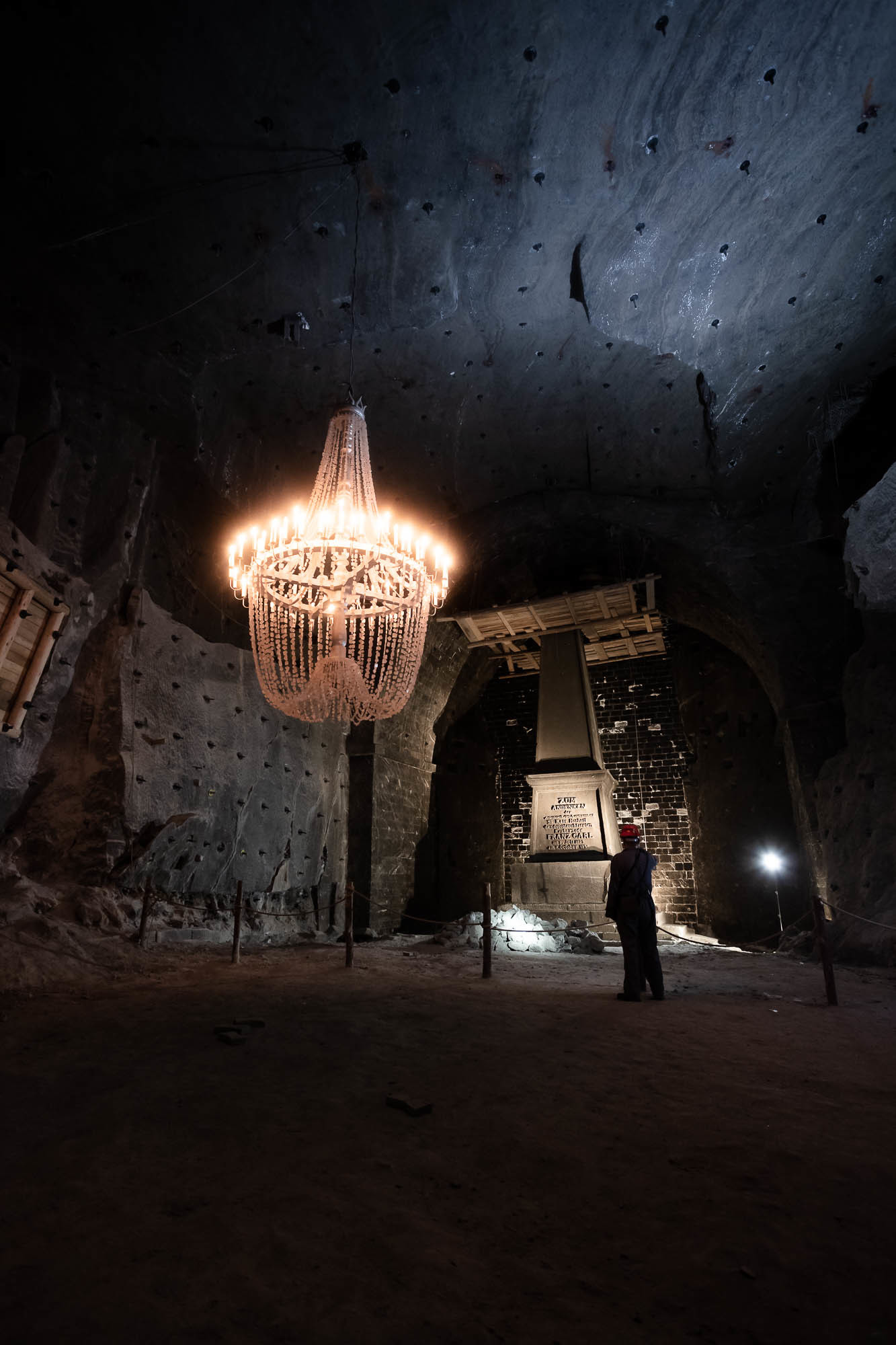
Fortymbark Chamber
In the past, you could often hear the clatter of hooves here – the chamber housed an underground stable. Today, horses remain in the mine only in colourful mining tales. Do you know when the last horse – Baśka – returned to the surface? You can find out by visiting the Tourist or Miners’ Route
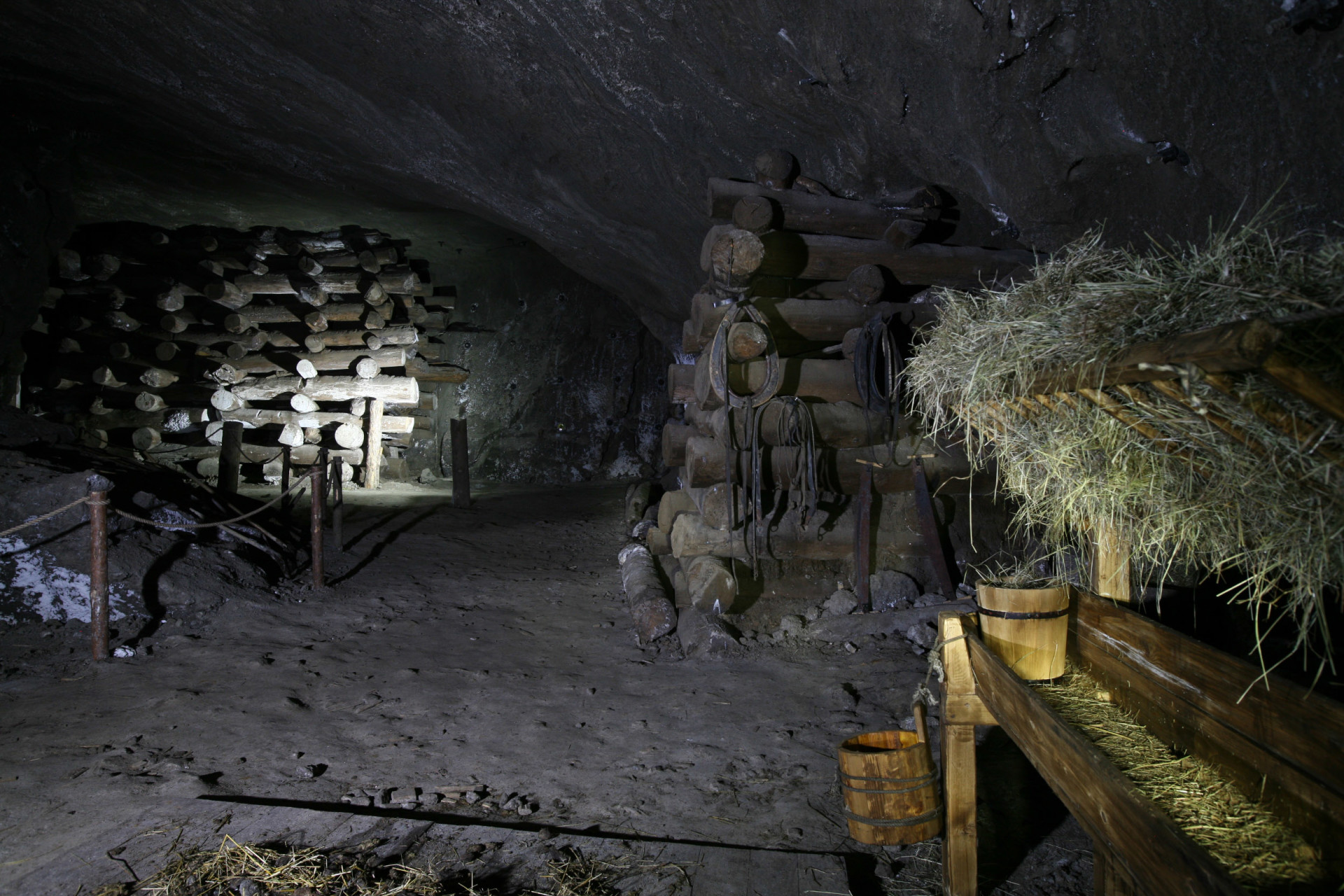
Casimir the Great Chamber
It is said that Casimir the Great found a Poland made of wood and left it made of stone. It is rarely mentioned, however, where he got the money to develop the country. A third of the income of the Polish treasury at the time came from salt mining. It wasn’t just the Mine that helped Casimir, however – Casimir also helped the Mine. The monarch regulated matters related to salt mining in the Cracow Saltworks Statute. On the occasion of the 600th anniversary of the publication of this document, a monument to this admirable Polish ruler was unveiled in the Mine on the Tourist Route.

See also
The “Wieliczka” Salt Mine is much more
